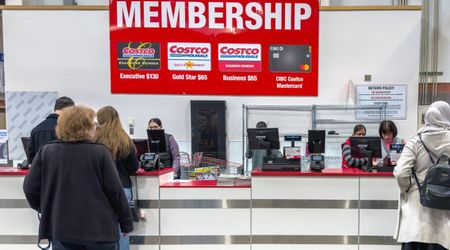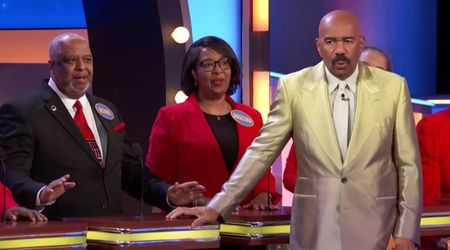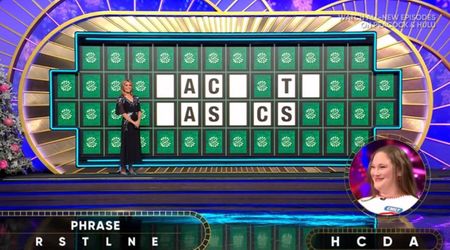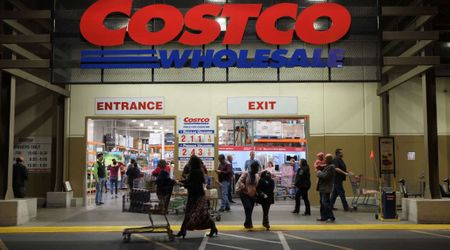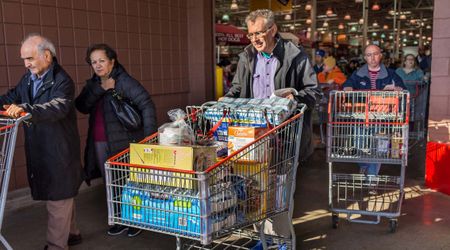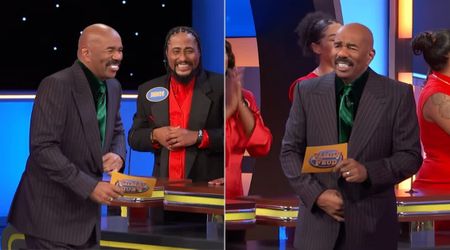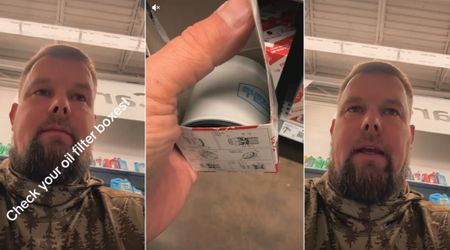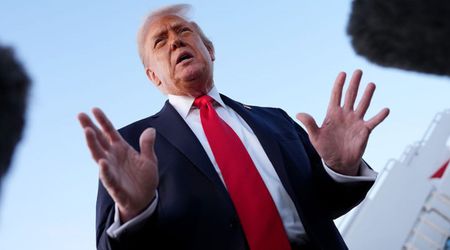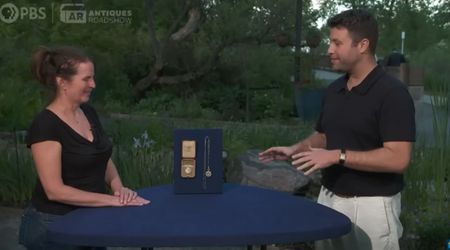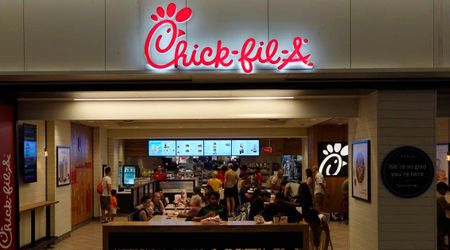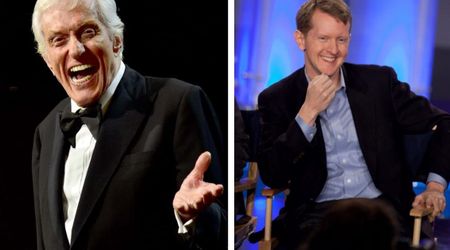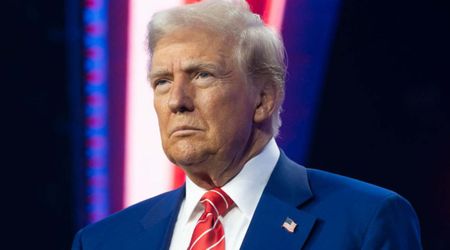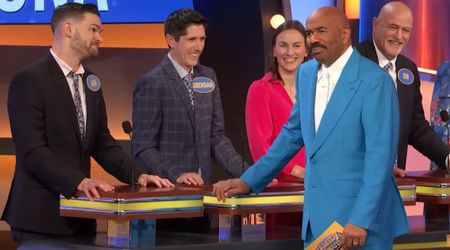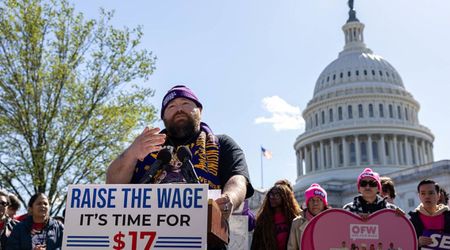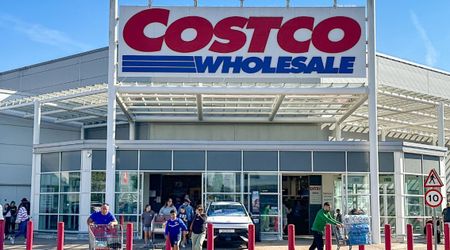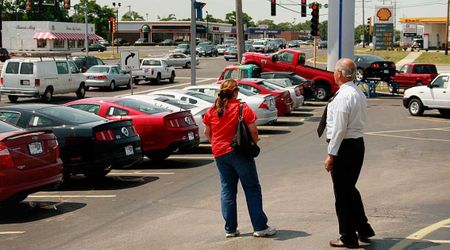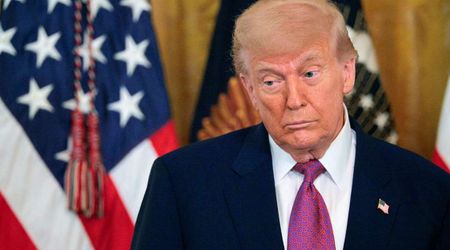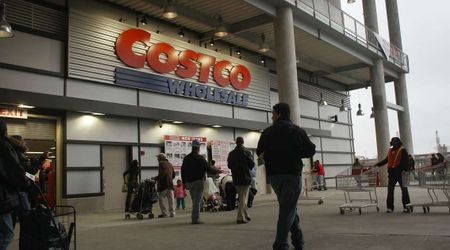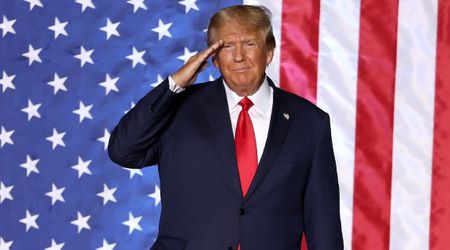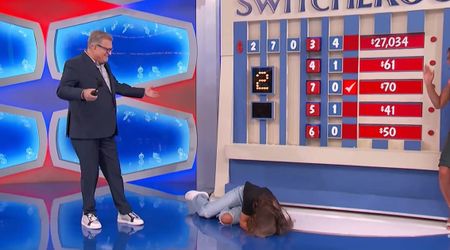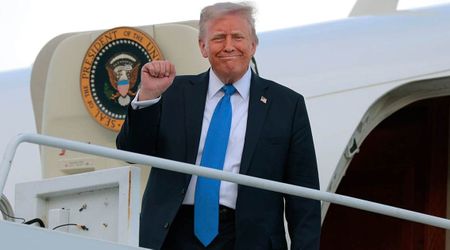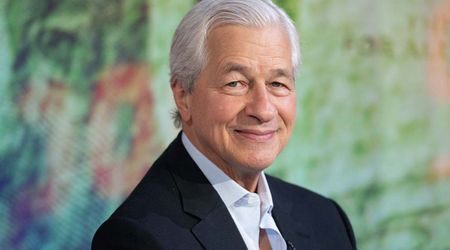AI Will Now Sniff out Fake Wine to Protect Consumers From Fraud; Here's how it Works

The food and beverages industry is marred by counterfeiting and in many cases, consumers can't really be sure if they are being served what's mentioned on the labels. Food fraud has been on the rise, with the use of ingredients that aren't only meant to fool buyers, but can also damage their overall well-being. In a groundbreaking development, scientists have harnessed the power of artificial intelligence to tackle the issue of fraudulent wine sales.
Geneva's breakthrough in detecting counterfeit wines
The process of making fake wines involves the creation of cheap imitations of high-priced wines, and selling them for significant profits. To combat this, researchers have crafted a smart tool that uses artificial intelligence, essentially a computerized brain, to meticulously analyze the chemical composition of wines and trace their origins. The ultimate goal is to distinguish authentic wines from counterfeit ones.
Professor Alexandre Pouget from the University of Geneva in Switzerland has highlighted the prevalence of wine fraud, where individuals concoct bogus wines in their personal spaces, affix labels, and sell them for exorbitant amounts. The newly developed tool, according to Pouget, has the sensitivity required to differentiate between authentic and fake wines, marking a pivotal advancement in the fight against fraudulent practices.

Gas chromatography
To train this innovative tool, scientists turned to a sophisticated technique known as gas chromatography. This method, commonly employed in laboratories, facilitates the separation and identification of various compounds within a mixture. Unlike conventional approaches that focus on isolating individual compounds, the newly devised algorithm considers the overall chemical makeup of the wine. It then creates a distinctive signature for each wine, akin to a musical melody formed by the concentrations of numerous molecules. Every wine is traced back to its origin based on soil and grapes from a specific location.
In a practical test involving 80 wines from seven different estates in the Bordeaux region of France, the tool not only accurately identified the vine-growing regions accurately, but also revealed a geographical map of the area. Impressively, wines from distinct chateaux formed clusters on a two-dimensional grid, showcasing the program's ability to discern unique chemical signatures independent of the wine's vintage.

Transformative potential of advanced technology
While the primary application of this cutting-edge technology is in fraud detection within the wine industry, Professor Pouget envisions broader applications. He believes the tool could be instrumental in enhancing the overall quality of wines throughout the winemaking process and ensuring a more cost-effective blending process. This could potentially revolutionize the art of winemaking, making high-quality blends more accessible to a wider audience.
Apart from fraud detection, AI has also played a key role in improving the production of wines by monitoring stress levels or water requirements in plants, vineyard health, and grape quality. Some growers even use sensors to keep an eye on factors such as temperature and humidity for improved cultivation at vineyards, so that better wine reaches the markets.
